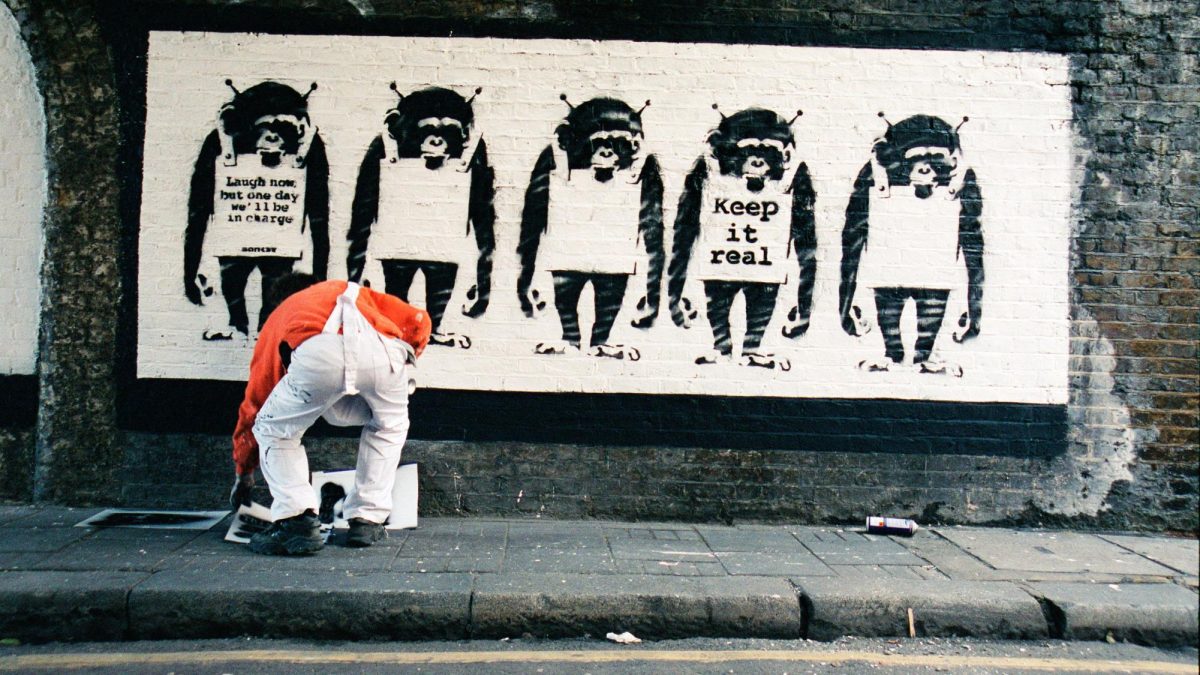
Ever seen that series of pictures in your science textbook of an ape slowly evolving into a man? Let me make one thing clear. That picture, except for the ape in the beginning and the man at the end, is complete and utter rubbish. It was made based on the imaginations, assumptions, and flat-out lies that have come to define evolutionary science. Today, I am going to cover the four lies of evolution.
Lie No.1: something came out of nothing. This is the defining problem of evolution. While evolution as a process makes sense, there is one point that even the most hardcore evolutionists have trouble explaining: How did it all begin? If there is no all-powerful creator, then how did life even start out? Evolutionists attempt to explain it all away with the Big Bang theory but the same question still faces them: “How did the Big Bang start out of nothing?” For humans to have originated out of nothing is like your empty fish tank producing a spanking new iPhone 16 pro after billions of years. When people see an iPhone 16 pro in an empty fish tank, a normal thought would be “Who put it there?” not “Oh, that must’ve evolved into existence after billions of years of evolution.” For some strange reason, when evolutionists see the earth with all its complex plants and animals, microscopic parasites and bacteria, and breathtaking mountains and oceans, they think “Oh, that must’ve evolved into existence after billions of years of evolution.” The human body is so amazingly complex that the odds of earth evolving into just the way it is, perfect for supporting life, are about one in 700 quintillion according to Discover Magazine. Clearly, it takes more faith to be an evolutionist than someone who believes in a creator.
Lie No. 2: the human and chimp genome are 98% similar. Based on a recent study done in 2018 that was published in the news outlet Science and the National Institutes of Health, scientists rediscovered the actual similarity between chimp and human DNA – and it’s around fourteen-percent less than the figure most science teachers teach. “Still“, you might say, “84% is pretty similar, why so picky?” Well, if looked at that way, cows and humans are 80% genetically similar, dogs share 84% of their DNA with us, and mice have 97.5% of their working DNA in common with humans, so if scientists argue that humans are descended from apes because of our DNA, then mice must be our long lost siblings.
But what about the countless fossils scientists have discovered that solidify evolution? Well, that question pretty much sums up Lie No. 3. Dr. Lee Berger, a leading paleoanthropologist (someone who researches early human fossils) and professor at the Evolutionary Studies Institute, admitted in a speech at “Talks at Google” that he was “in a field of science that actually probably has more scientists in it than it does objects that we study.” He went on to say that out of the few thousand fossils of early humans, most of them are “tiny little bits and pieces,” with teeth taking up a large number of them. How can evolutionists confidently claim the existence of these Neanderthals, even displaying full models and drawings of them in museums and schools across America, when the majority of fossils are fragments and teeth? Lucy’s biggest claim to fame, however, is the fact that she supposedly walked on two legs just like humans. Here is where Lie No. 4 walks in (pun intended).
Lie No. 4: Lucy’s species shared similar physical features with humans. Lucy’s claim to fame was her supposed ability to walk upright like humans. Just to be clear, none of Lucy’s hand or foot bones were discovered, which is a bit confusing since it seems like evolutionists have had no problem imagining human-like hands and feet on her in every museum and textbook in America. After examining the few wrist bones that were found, anthropologists Brian Richard and David Strait of George Washington University discovered that Lucy’s wrists were most likely locking wrists, best suited for swinging in trees, and nearly identical to the knuckle-walking apes of Tarzan. Not only does Lucy walk like an ape, but apparently she also has the same brain size. Based on examinations of the few skull fragments they found, scientists estimated that Lucy’s brain was one-third the size of a human brain, the average size of a normal chimp’s brain. Now, I have a theory about this: if something looks like an ape, moves like an ape, and has the same brain size as an ape, then it is actually probably just an ape, not a Neanderthal.
Last but not least, Lie No. 5: the earth is billions of years old. This old earth theory is the crux of evolution, since, in order to have taken place, evolution would have needed billions of years. To confirm their theory, evolutionists have turned to a method of calculating age called radiometric dating. Luckily for them, this new method dated many fossils, including Lucy, the Laetoli footprints, and millions of years in the past, aligning perfectly with evolutionist beliefs. Occasionally, it would churn out a totally random answer, but evolutionists were content to ignore these anomalies. At least, until geologists tried dating a rock formed during the 1980 Mt. St. Helen’s Eruption and found that radiometric dating estimated the rock to be two million years old (just 1,999,980 years off).
All evolutionary scientists claim to follow “science.” Clearly, however, when the science does not agree with their theory, evolutionists have proved more than willing to “fix” the evidence. From its fossils, pictures, and models (both real and imagined) to its dating and DNA systems, there is probably the least amount of truth in the “science” of evolution.












